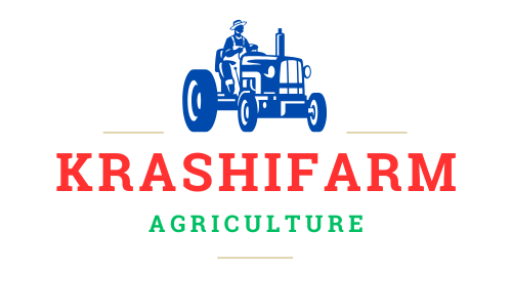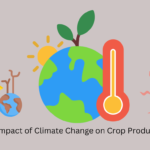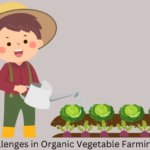Greenhouse Farming Techniques
Introduction
Greenhouse farming is a modern agricultural practice that allows for controlled environment cultivation, enabling higher yields, year-round production, and protection from extreme weather. This document explores various greenhouse farming techniques, their benefits, and best practices for optimal crop production.
Types of Greenhouse Structures
- Glass Greenhouses – Traditional, high light penetration, costly.
- Plastic Greenhouses – Cost-effective, flexible, widely used.
- Polycarbonate Greenhouses – Durable, good insulation, UV protection.
- Net Houses – Partial protection, ideal for ventilation and pest control.
- Hydroponic Greenhouses – Soil-less cultivation, high water efficiency.
Key Greenhouse Farming Techniques
1. Climate Control
- Temperature Regulation: Heaters, fans, shade nets.
- Humidity Control: Misting systems, ventilation.
- CO2 Enrichment: Enhancing plant growth through controlled CO2 levels.
2. Soilless Farming Methods
- Hydroponics: Growing plants in nutrient-rich water.
- Aeroponics: Root suspension in air with nutrient misting.
- Aquaponics: Combining fish farming with plant cultivation.
3. Water Management and Irrigation
- Drip Irrigation: Efficient water use, minimal waste.
- Rainwater Harvesting: Sustainable water supply.
- Automated Irrigation Systems: Smart watering based on crop needs.
4. Lighting Techniques
- Natural Lighting: Maximizing sunlight exposure.
- Supplemental LED Lighting: Enhancing growth in low-light conditions.
- Photoperiod Control: Regulating flowering and growth cycles.
5. Integrated Pest and Disease Management (IPM)
- Biological Control: Using beneficial insects.
- Organic Pesticides: Reducing chemical use.
- Proper Ventilation: Preventing fungal growth.
6. Fertilization and Nutrient Management
- Precision Fertigation: Delivering nutrients through irrigation.
- Compost and Organic Matter: Enhancing soil health.
- Microbial Inoculants: Promoting root health.
7. Automation and Smart Greenhouses
- Sensors and IoT Technology: Monitoring temperature, humidity, and soil conditions.
- Automated Shading and Ventilation: Optimizing climate control.
- AI-Based Crop Monitoring: Detecting diseases and optimizing yields.
Table: Comparison of Greenhouse Farming Techniques
| Technique | Benefits | Implementation Method |
|---|---|---|
| Hydroponics | Water-efficient, high yields | Nutrient-rich water system |
| Aeroponics | Minimal water use, fast growth | Root misting technique |
| Drip Irrigation | Reduces water waste, targeted watering | Controlled irrigation |
| LED Lighting | Enhances plant growth, energy-efficient | Artificial lighting systems |
| CO2 Enrichment | Improves photosynthesis | Controlled CO2 release |
| Biological Pest Control | Reduces chemical use, eco-friendly | Introduction of beneficial insects |
| AI Monitoring | Early disease detection, optimized farming | Smart sensors and cameras |
Challenges in Greenhouse Farming
- High Initial Costs – Infrastructure and technology investment.
- Technical Knowledge Requirement – Training needed for optimization.
- Energy Consumption – Climate control systems require power.
- Pest and Disease Risks – Greenhouses can create humid conditions favorable for pests.
- Market Access and Profitability – High-quality produce requires efficient supply chains.
Conclusion
Greenhouse farming offers sustainable and high-yield solutions to modern agriculture. By integrating advanced techniques such as climate control, precision irrigation, and smart automation, farmers can maximize productivity while reducing resource use. Future innovations in greenhouse technology will continue to improve efficiency, making controlled-environment agriculture a vital part of food production worldwide.



